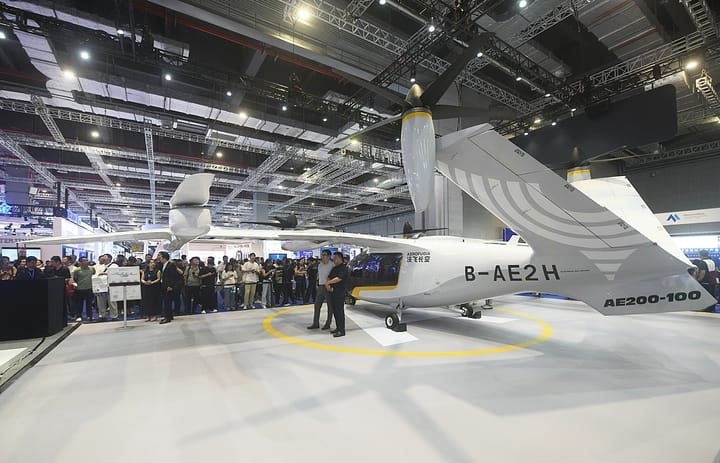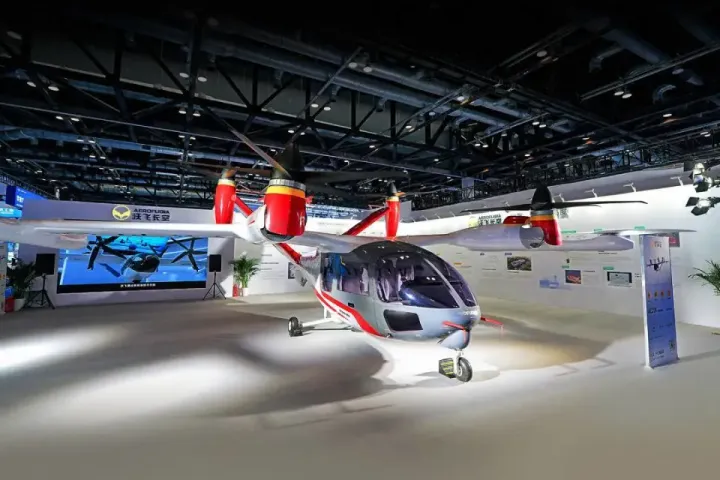Aerofugia Charts Course for Passenger eVTOL Dominance, Eyes 2026 Certification
Aerofugia Bets on Passenger eVTOLs, Targets 2026 Commercial Readiness.
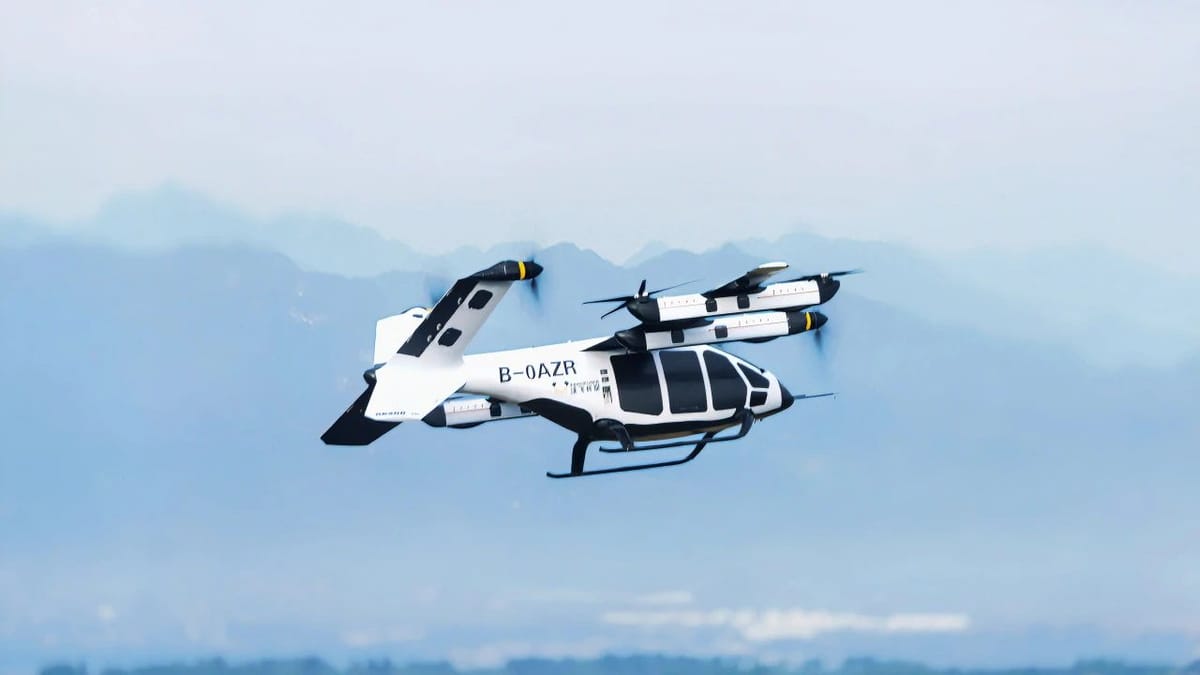
Aerofugia, a leading Chinese eVTOL manufacturer, is making strides in the burgeoning low-altitude economy, recently showcasing its "Intelligent Flexible Cabin" for the AE200 eVTOL at the inaugural 2025 International Advanced Air Mobility Expo (IAAME). The company, a core business unit of Geely Technology, is distinguishing itself by focusing on self-developed tilt-rotor passenger eVTOLs, integrating advanced smart cabin features typically found in new energy vehicles.
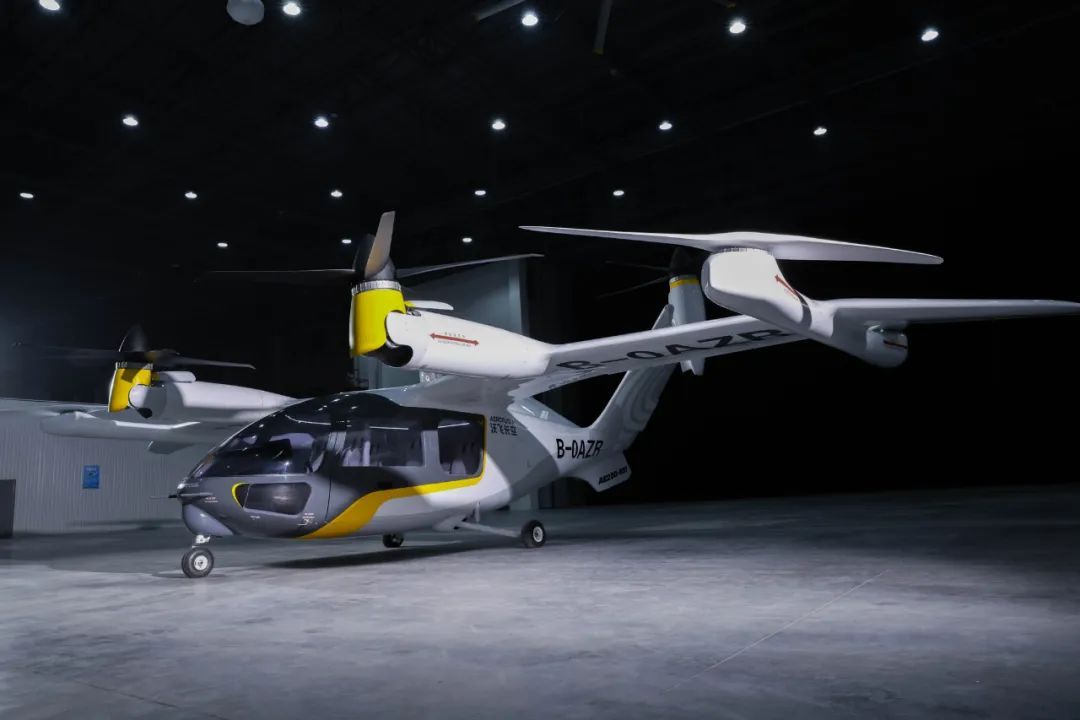
While many manufacturers are pivoting to cargo eVTOLs in response to the National Development and Reform Commission's "cargo first, then passenger" strategy, Aerofugia has remained steadfast in its commitment to passenger transport since its inception. "We have adapted mature smart interaction systems and ergonomic designs from the automotive industry into our eVTOLs," stated Guo Liang, CEO and Chief Scientist of Aerofugia, at the expo. "The AE200's cabin incorporates intelligent elements like a flexible central island, cloud seats, a skylight system, and a smart air butler, significantly enhancing passenger comfort." This collaboration with Faway Group marks a pioneering effort in China's low-altitude economy to integrate automotive interior and cabin elements into manned aircraft.
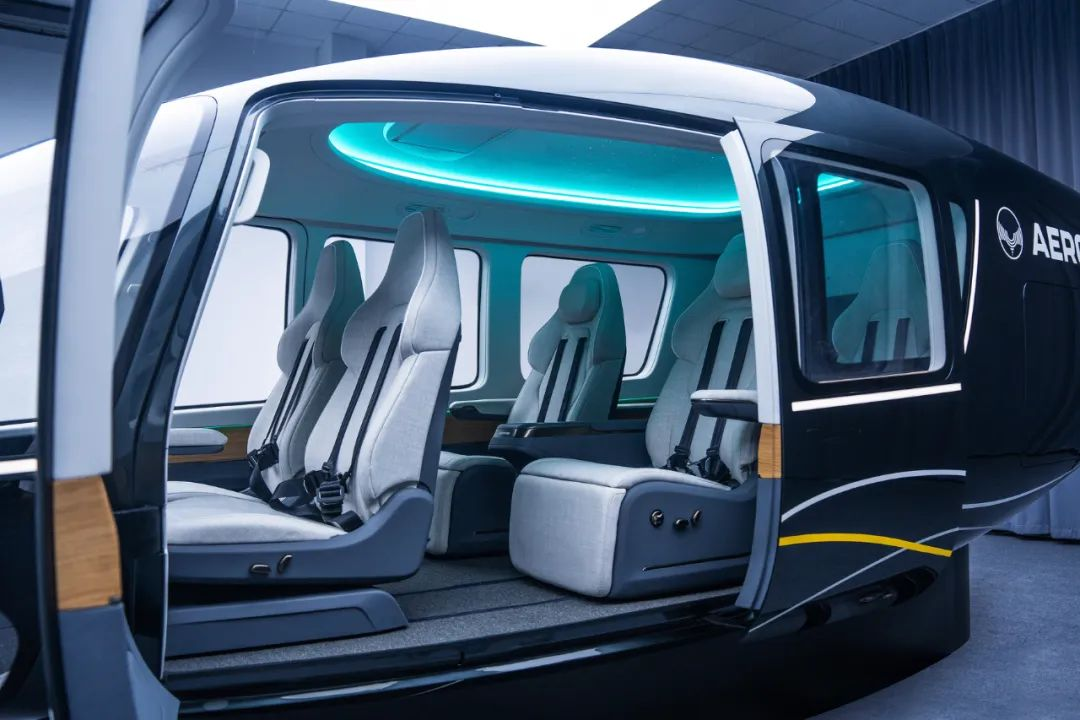
The AE200 production-ready prototype was also on display, featuring a pure-electric powertrain with semi-solid-state batteries and an "eight-axis, inner four-tilt-rotor" configuration, enabling vertical take-off and landing without a runway. The aircraft boasts a flexible 3-row, 4-6 seat layout, with the third row featuring electric cushion folding technology for seamless conversion between passenger and cargo modes. It offers a range of 200 km and a cruise speed of 248 km/h, targeting applications in low-altitude tourism, urban air mobility, and emergency rescue.
Accelerated Certification and Geely's Strategic Support
Founded five years ago, Aerofugia has rapidly grown to nearly 600 employees. The company has secured hundreds of intent orders from operators like HNA Aviation and ICBC Leasing, and established strategic partnerships with Sichuan Airlines Group, CITIC Offshore Helicopter Co., and Gansu Aviation Investment to explore AE200 operational scenarios.
Notably, the AE200 is among the earliest manned eVTOL models in China to initiate airworthiness certification, with its progress reportedly 1-2 years ahead of the industry average. According to Aviation Week, Aerofugia leads the top ten global eVTOL developers in overall R&D and certification speed. For comparison, Joby, also a top-ranked company, took approximately 10 years to reach the fourth stage of airworthiness certification, a process Aerofugia completed in less than five years.
This rapid advancement is attributed mainly to the robust backing from its major shareholder, Geely. Unlike typical startups, Aerofugia benefits from Geely's extensive support in the supply chain, operational ecosystem, and resources. Fei Lan, Co-founder of Aerofugia, highlighted the deep synergy: "Geely, as a leading domestic automaker, provides us not only with an understanding of transportation and advanced manufacturing experience, but also the ability to reuse automotive and aviation supply chains, along with traffic inflow from Geely's mobility platforms. This distinguishes Geely as an industrial capital from other financial investors, and it's precisely what Aerofugia needs most."
Strategic Choices: Passenger Focus and Pure-Electric Path
Aerofugia's decision to pursue tilt-rotor passenger eVTOLs from the outset, despite the higher design complexity and longer commercialisation cycle compared to cargo eVTOLs, is a deliberate one. Fei Lan explained the rationale: "Passenger demand commands a higher price than cargo demand. We are focused on 'air ticket fees,' which are a higher price tier than 'air express fees,' ultimately leading to greater commercial returns."
Regarding the ongoing debate between pure-electric and hybrid powertrains, Aerofugia currently focuses on pure-electric solutions, citing China's well-developed pure-electric infrastructure, largely built on the foundation of new energy vehicles. While acknowledging that hybrid power will have a place for longer ranges (e.g., 800 km to cover all commercial scenarios) as battery technology currently limits pure-electric flight to around 200 km, Fei Lan believes pure-electric and hybrid solutions are complementary.
Safety, Innovation, and Future Outlook
Safety is paramount for Aerofugia. Guo Liang revealed that the AE200's configuration underwent a significant change to enhance safety, now featuring inner tilt-rotors and outer lift-rotors. This design ensures that even if the tilt-rotors fail in flight, the aircraft can still land safely using the outer lift-rotors. The Civil Aviation Administration of China (CAAC) has set an exceptionally high safety standard for the AE200: a catastrophic failure rate of no more than one in 100 million flight hours ($10^{-8}$), which is ten times safer than the $10^{-7}$ standard for conventional fixed-wing aircraft (Part 23) and helicopters (Part 27).
Looking ahead, Aerofugia plans to formally commence manned flight tests for the AE200 in late Q3/Q4 2025, aiming to be the first 6-seat eVTOL in China to complete such tests. Full airworthiness certification is anticipated by 2026. The company's global headquarters base in Chengdu High-tech Zone Future Science City is expected to complete its first phase of construction by the end of 2025, with an initial annual production capacity of 40-50 AE200 units, enabling small-batch production by 2026.
Aerofugia sees significant potential for scaled commercialisation in low-altitude tourism (e.g., connecting scenic spots), inter-city travel (e.g., airport-to-city centre transfers, reducing a 40-minute drive from Pudong Airport to Lujiazui to a 10-minute flight), and emergency medical rescue (e.g., rapid patient transfer from remote areas to major hospitals).
Regarding localisation, Fei Lan noted that China's aviation component and airborne system supply chain is maturing. Aerofugia employs a self-development and joint-development model to ensure a secure and controllable supply chain for AE200's core components. For instance, a joint venture with Wolong Electric Drive aims to develop power systems for electric aircraft, benefiting the entire low-altitude industry.
The industry is currently in a phase of intense R&D and certification competition, with commercialisation expected to ramp up from 2026 to 2030, followed by normalised operations post-2030. Tu Qiang, Chief Product Officer, believes China's eVTOL companies have an advantage in hardware supply chain stability and cost-effectiveness, as well as robust internet infrastructure for communication. However, a challenge lies in the lack of bilateral recognition between CAAC certification and international FAA/EASA certifications.
Fei Lan predicts that the domestic eVTOL market will ultimately consolidate to fewer than ten companies. Survival will depend on substantial funding, a strong talent pool (especially those with deep aviation expertise), and a long-term strategic vision. "The aviation industry has very high barriers," Fei Lan emphasised, "it's an experience-driven sector that requires talent with chief engineer-level experience."
